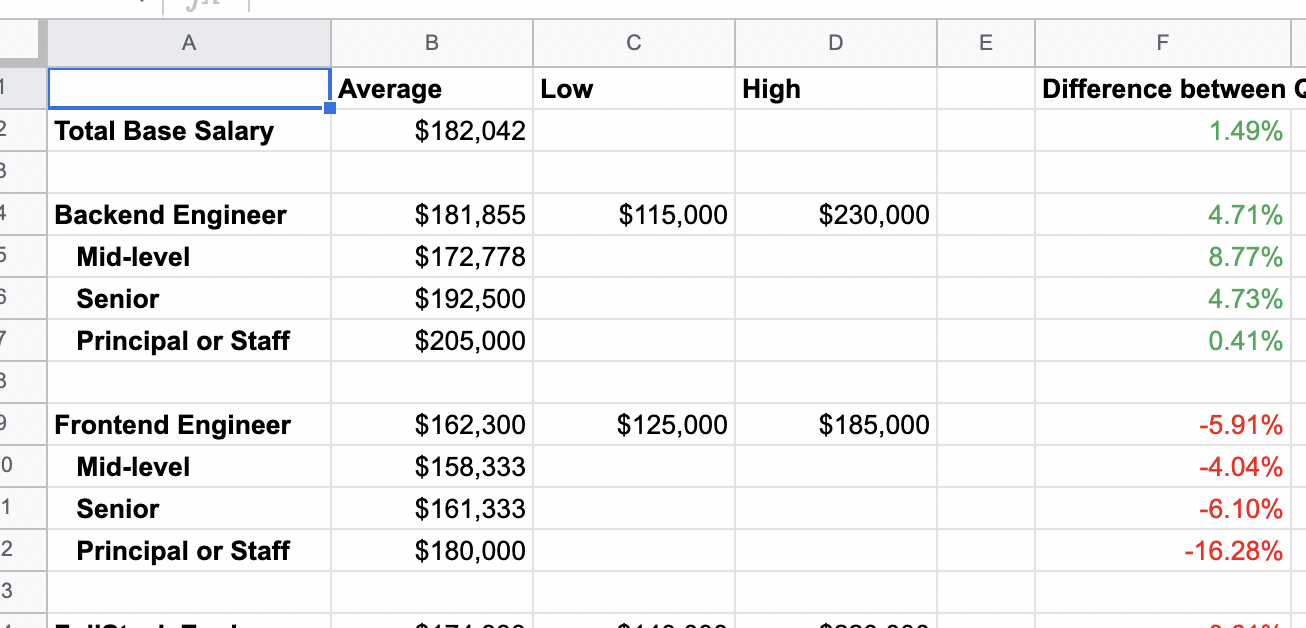Last week, SingleSprout kicked off a new webinar series with The Rise Journey focused on Diversity, Equity, and Inclusion (DEI) in the Recruitment Process.
During this panel, our speakers took a deep dive into the foundational principles of DEI, emphasizing the importance of acknowledging and embracing differences, creating an equitable and fair hiring process, and promoting a culture of inclusivity throughout the company. Other topics that came up included, how to attract a diverse pool of candidates, with the panelists discussing the importance of not falling into the trap of tokenism in the recruitment process. Rather, companies should focus on true representation.
Overall, the Zoom event provided valuable insights and practical tips for companies to improve their DEI strategies in the recruitment process. By implementing these strategies, companies can create a more diverse, equitable, and inclusive workplace.
Don’t have a DEI Recruitment Strategy? Remember, DEI is a continuous journey, not a one-time initiative. Hire someone who knows more and can help in a Full Time, Part Time, fractional, project-based, etc. Additionally, hiring a DEI project manager or ERG manager can be a huge support to keep track of momentum on initiatives.
To learn more you can re-watch the webinar here, or check out the DEI in the Recruitment Checklist created by The Rise Journey







